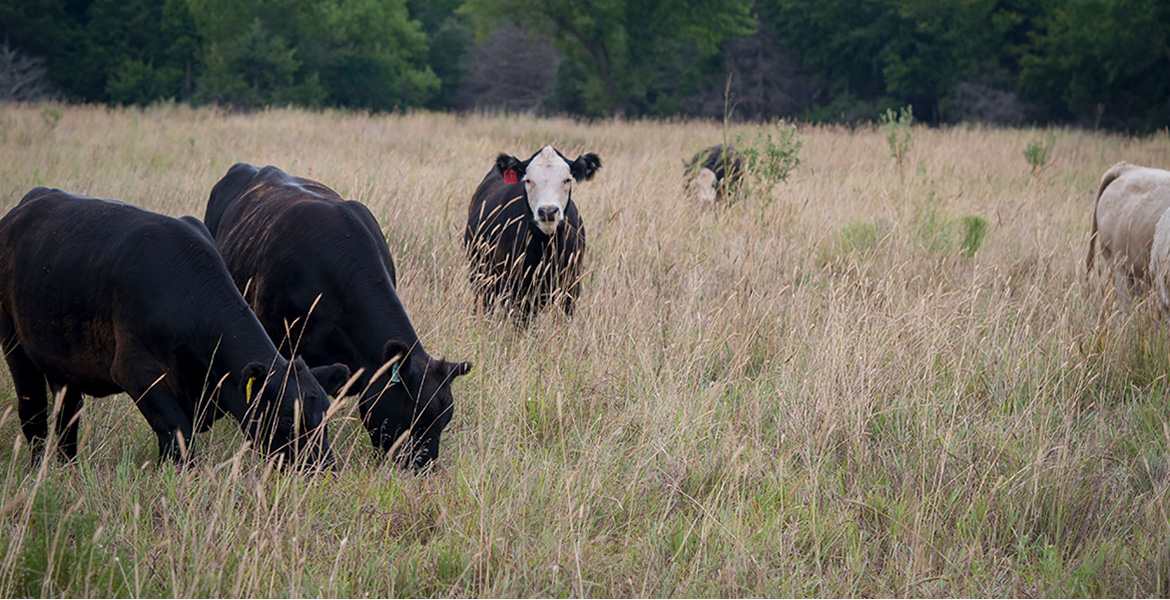
Beef cattle nutrients enter new seasonal concerns
Wednesday, October 14, 2020
Nutritional requirements for beef cattle require a slight shift between seasons, Oklahoma State University Extension specialists said.
“Providing producers with a source of information regarding feed intake, protein and energy requirements is important,” said David Lalman, OSU Extension beef cattle specialist. “It can ensure producers that their cattle are receiving the proper nutrition.”
OSU Extension’s popular nutrients for beef cattle fact sheet provides guidance, including:
- Nutrient requirements such as dry matter intake and protein of beef cattle.
- Charts listing the nutrient requirements of beef cattle broken down by class.
- Explanation of how a balanced and cost-effective nutrition program is essential.
The charts in the fact sheet also provide estimated nutrient requirements for the classes of cattle and stages of production in calves. Classes of cattle are broken down by sex, gender and age.
The outline provides necessary fundamentals for a menu of balanced nutrients for cattle, Lalman said.
“Protein deficiency is the biggest problem,” Lalman said. “If they do not have adequate protein, forage intake is compromised and the energy that they receive through their diet is inefficiently utilized.”
Lack of nutrients can have an effect on cattle’s overall health and reproduction. For example, during fall and winter, forage does not contain enough vitamin A, Lalman said. Vitamin nutrition is an important part of a balanced ration to keep animals’ health and production in good standing.
During the months of April, May and June, forage has the protein to meet most nutrient requirements. Beginning in late summer, providing a small protein supplement will fill the protein gap.
“Protein supplementation increases forage intake and digestibility,” Lalman said. “When those two are working together you will get a substantially better animal.”
More beef cattle information is available on OSU Extension’s website.
MEDIA CONTACT: Lauren Raley and Brian Brus | Agricultural Communications Services | 405-744-6792 | BBrus@okstate.edu
